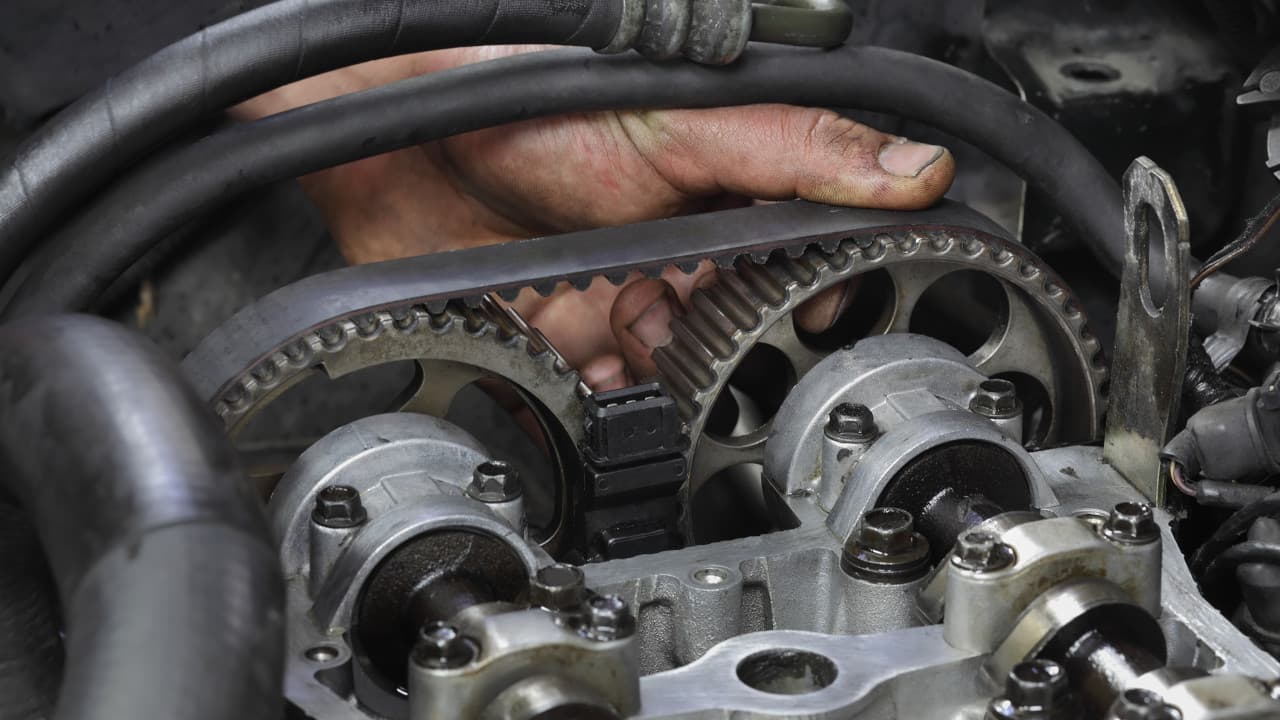- Arabic
- French
- Russian
- Spanish
- Portuguese
- Turkish
- Armenian
- English
- Albanian
- Amharic
- Azerbaijani
- Basque
- Belarusian
- Bengali
- Bosnian
- Bulgarian
- Catalan
- Cebuano
- Corsican
- Croatian
- Czech
- Danish
- Dutch
- Afrikaans
- Esperanto
- Estonian
- Finnish
- Frisian
- Galician
- Georgian
- German
- Greek
- Gujarati
- Haitian Creole
- hausa
- hawaiian
- Hebrew
- Hindi
- Miao
- Hungarian
- Icelandic
- igbo
- Indonesian
- irish
- Italian
- Japanese
- Javanese
- Kannada
- kazakh
- Khmer
- Rwandese
- Korean
- Kurdish
- Kyrgyz
- Lao
- Latin
- Latvian
- Lithuanian
- Luxembourgish
- Macedonian
- Malgashi
- Malay
- Malayalam
- Maltese
- Maori
- Marathi
- Mongolian
- Myanmar
- Nepali
- Norwegian
- Norwegian
- Occitan
- Pashto
- Persian
- Polish
- Punjabi
- Romanian
- Samoan
- Scottish Gaelic
- Serbian
- Sesotho
- Shona
- Sindhi
- Sinhala
- Slovak
- Slovenian
- Somali
- Sundanese
- Swahili
- Swedish
- Tagalog
- Tajik
- Tamil
- Tatar
- Telugu
- Thai
- Turkmen
- Ukrainian
- Urdu
- Uighur
- Uzbek
- Vietnamese
- Welsh
- Bantu
- Yiddish
- Yoruba
- Zulu
Жов . 11, 2024 02:26 Back to list
car timing belts
Understanding Car Timing Belts Importance, Function, and Maintenance
Timing belts play a crucial role in the functioning of an internal combustion engine. Often referred to as the heart of the engine, the timing belt ensures that the engine's valves operate in perfect harmony with its pistons. In this article, we will delve into what timing belts are, how they function, their importance, and key maintenance tips to prolong their lifespan.
What is a Timing Belt?
A timing belt is a reinforced rubber belt that links the crankshaft—the engine's main turning shaft—to the camshaft(s), which control the opening and closing of the engine valves. The timing belt's primary function is to ensure that the crankshaft and camshaft rotate in sync, maintaining the correct timing for the engine’s operation. This timing is crucial for the engine's performance and efficiency.
How Does a Timing Belt Work?
When the engine runs, the crankshaft rotates, driven by the power generated during the combustion process. As the crankshaft turns, it also turns the timing belt. The timing belt, in turn, drives the camshaft, ensuring that the engine's valves open and close at the right time in relation to the pistons' movement. If the timing is off, it can lead to serious engine problems, including poor performance, reduced fuel efficiency, and even engine failure.
In most engines, the timing belt is located behind the front cover, and it is usually equipped with tensioners and pulleys to maintain the required tension. The proper alignment and tension of the timing belt are critical; if it becomes loose or misaligned, it can slip, which may cause severe damage to the engine.
Importance of Timing Belts
The significance of timing belts cannot be understated. A well-maintained timing belt contributes to the overall health of the engine. Here are several reasons why timing belts are essential
1. Engine Efficiency A properly functioning timing belt ensures that the engine operates at peak efficiency, optimizing fuel consumption and power output.
2. Preventative Maintenance Replacing the timing belt at the manufacturer-recommended intervals can prevent catastrophic engine failures. A damaged or broken timing belt can cause the engine's valves and pistons to collide, resulting in extensive damage.
3. Cost-Effective Regular maintenance of the timing belt can save car owners significant repair costs in the long run. Replacing a timing belt is far less expensive than repairing an engine damaged due to belt failure.
Signs of Timing Belt Problems
car timing belts

Recognizing symptoms of a failing timing belt is crucial for any car owner. Some common signs include
- Unusual Noises A worn-out timing belt may produce a loud noise, such as a ticking or screeching sound
. This noise often indicates that it is becoming loose or is damaged.- Engine Misfires If the timing belt is not functioning correctly, it can lead to misfires, causing the engine to run unevenly.
- Engine Won't Start In some cases, a broken timing belt will prevent the engine from starting at all, leaving the car immobilized.
- Check Engine Light If the check engine light appears on the dashboard, it could signal timing belt issues among various other potential problems.
Maintenance Tips
To ensure the longevity of the timing belt, car owners should adhere to the following maintenance tips
1. Regular Inspections Have the timing belt inspected during routine maintenance checks. A professional mechanic can assess its condition and provide recommendations.
2. Follow Manufacturer Recommendations Most manufacturers provide guidelines on when to replace the timing belt, usually between 60,000 to 100,000 miles. Adhering to these recommendations is crucial.
3. Maintain Proper Tension Ensure that the timing belt is properly tensioned. A loose or overly tight belt can lead to premature wear.
4. Listen for Noises Be alert to unusual sounds coming from the engine. If you hear disturbing noises, it’s wise to have it checked immediately.
In summary, the timing belt is an essential component of an engine, directly influencing its performance and longevity. Understanding its function, recognizing the signs of potential problems, and maintaining the belt according to the vehicle's guidelines can lead to a more efficient and trouble-free driving experience. Remember, prevention is always better than cure when it comes to automotive maintenance.
-
Korean Auto Parts Timing Belt 24312-37500 For Hyundai/Kia
NewsMar.07,2025
-
7PK2300 90916-T2024 RIBBED BELT POLY V BELT PK BELT
NewsMar.07,2025
-
Chinese Auto Belt Factory 310-2M-22 For BMW/Mercedes-Benz
NewsMar.07,2025
-
Chinese Auto Belt Factory 310-2M-22 For BMW/Mercedes-Benz
NewsMar.07,2025
-
90916-02660 PK Belt 6PK1680 For Toyota
NewsMar.07,2025
-
drive belt serpentine belt
NewsMar.07,2025

